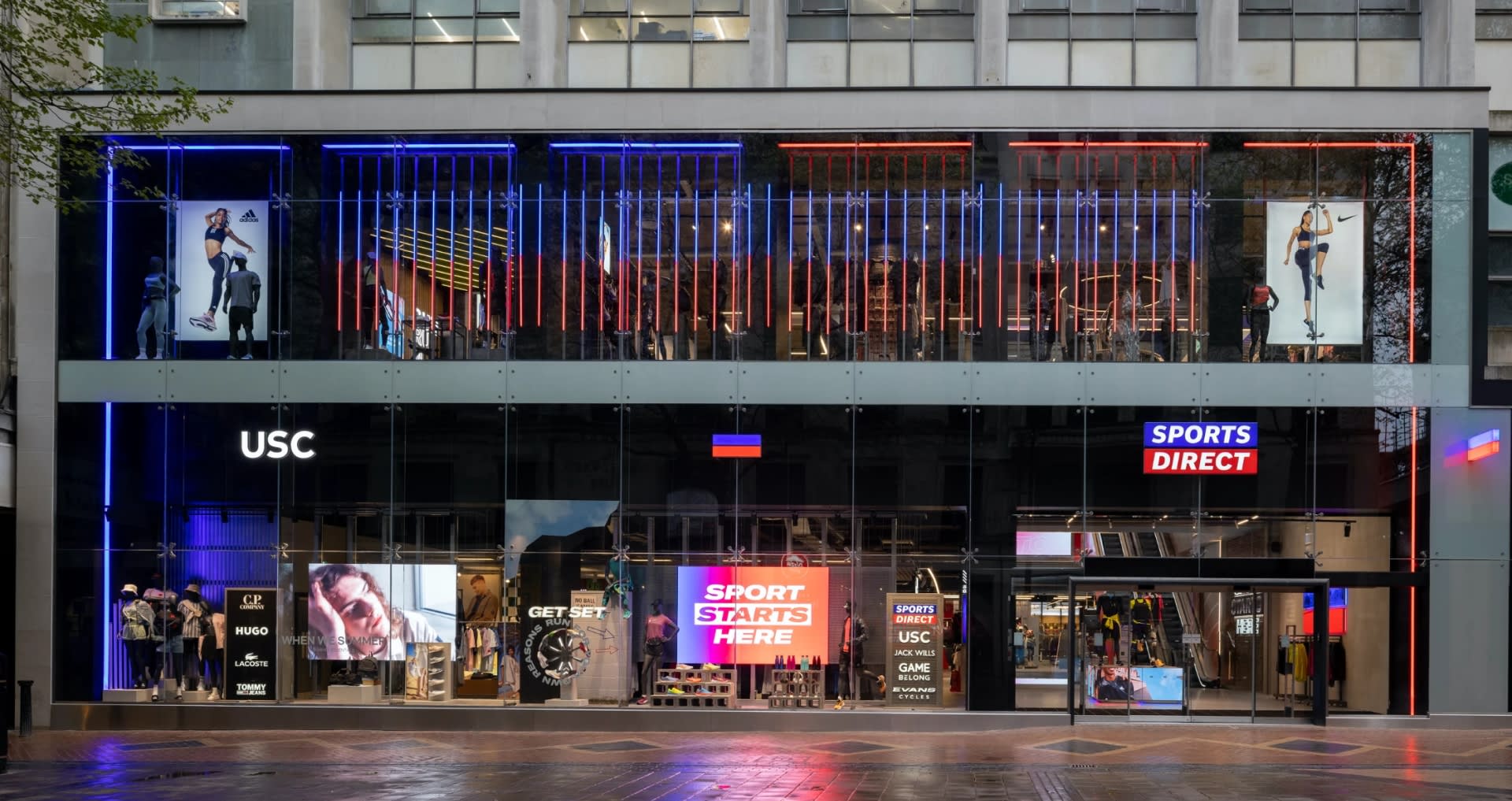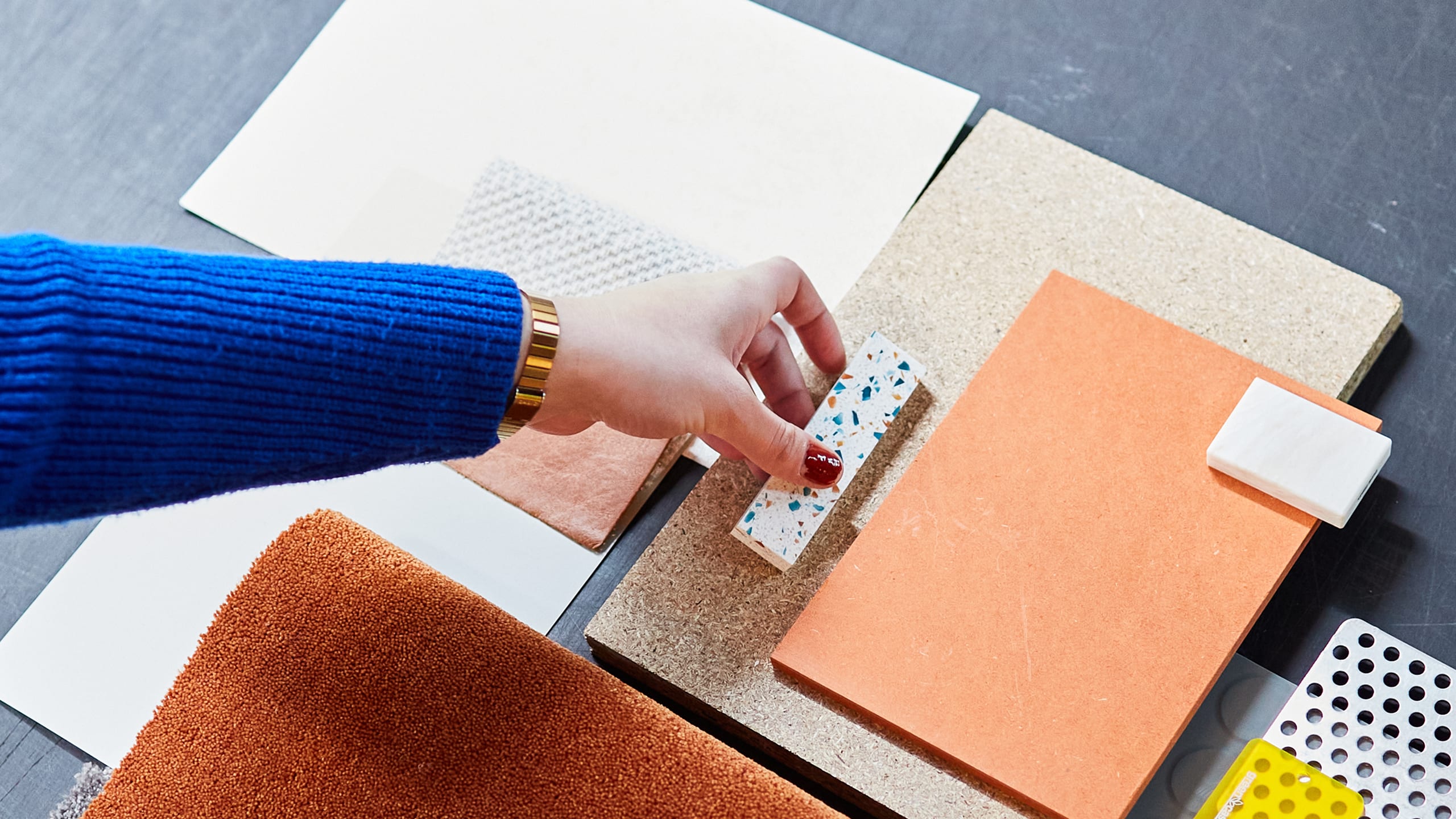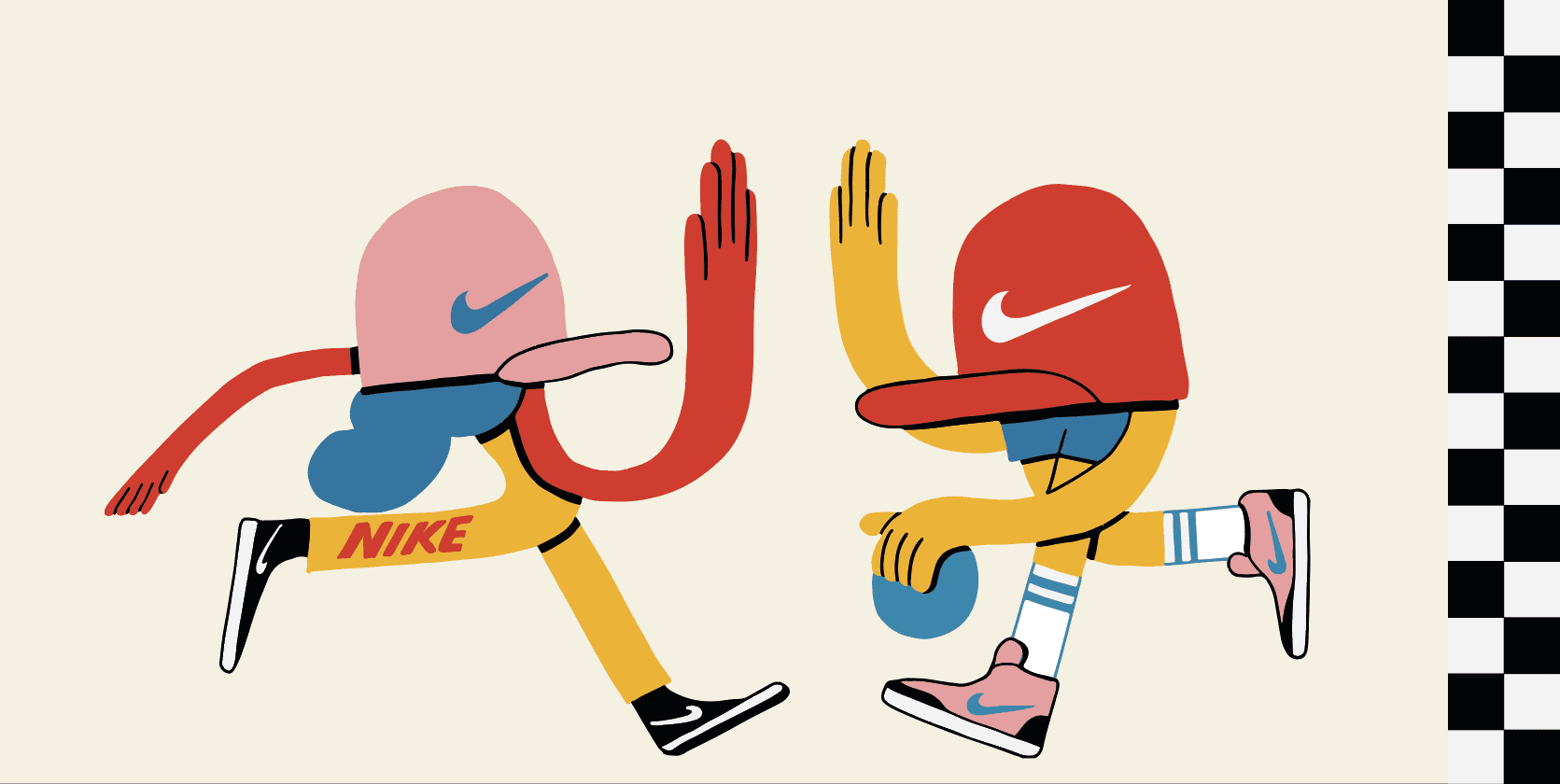Insights
Can Flagships Turn A Profit?
Adam Devey-Smith
30/05/23

In the current economic climate, retailers must be even more confident in the return on investment their stores will bring, especially when the investment both in operational costs and capital fit out is high.
Often flagships, especially in London, just don’t quite hit their numbers and leave a debt trail that ruins the taste of the anticipated brand experience and intrigue.
We believe flagships should deliver healthy profits as well as enhanced brand warmth. It’s all in the research and preparation stages that the return targets should be established and designed into the concept and communication strategy.
Integration and knowledge create a deeper understanding.
The stores that serve as flagship locations for a brand, must embody its identity, values, and product offerings. They are designed to create immersive and memorable experiences for customers while showcasing the brand’s best and most innovative products.
But although the headline is about you and your products, the body copy or your brand, really comes to life through the location, the customer and the context.
Retail design is just the beginning
Maximum profit flagship stores aren’t designed by retail designers alone. They are created by a diverse and integrated design team in collaboration with a united client team who in turn will add their skills and experience to ensure the flagship concept, is reimagined.
With everyone from marketing and digital to operations and HR working with our team of researchers, architects, designers and advertisers we can enhance every square foot of space for expression, engagement and sales, before, during and after visit.
The Retail Trade Association expects retail sales to grow 4 to 6% this year above the pre-pandemic number of 3.6% with online rising 10-12%.
…So, there is growth in the UK retail sector and now is the opportunity for the strong to take the lead.
While eCommerce continues to be widely embraced by consumers, a significant portion of its expansion can be attributed to multichannel sales, where physical stores still play a crucial role in the fulfilment process.
The role of brick-and-mortar stores has changed in recent years, but data shows they still remain a primary channel for consumers to make purchases, constituting approximately 70% of total retail sales.
And there lies the opportunity in flagships.
As retail enhances customer experience and service, flagships can move even further up the branded experiential food chain and become the maximal expressions of a brand. These environments can and should be responsive to the location and the local community and uniquely bespoke to each consumer in both content, merchandise, and channel execution.
Over the last 30 years our leadership team have designed flagships working with some of the best brands in the world. We understand the key drivers to designing stores that maximise return and flagships that deliver on both brand experience and sales return on investment.
We have worked with household names like Best Buy, creating amazing returns for them through our flagship design as well as inventing the Sports Direct retail experience to great effect.
Getting the best return on investment with your flagship is always integrating and collating marginal gains and that needs a new approach to design.
Our Principles
Creating a shared space, which is as much the customers, as yours.
The store is not a space for your brand to talk about itself. It’s a conversation between the brand and the consumer.
As an agency, we have a dedicated research team working across quantitative research platforms to enhance high volume, bespoke and unique live feedback; These methodologies vary per project and encompass everything from qualitative interviews with customers in-store, stakeholder interviews with key team members and retail safaris in all major retail cities.
Our team of researchers ensure the client and creative teams have a clear and current understanding of the consumer, the location and market in the context of the proposed flagship opportunity.
Talking with and listening to the end users gives invaluable understanding. Ideally, we do this in face-to-face focus groups, but alternatively through an online survey. Talking to your staff always yields great insights on how the shopper journey and business could perform better.
Creating a stronger, aligned brand
From there, we work across a Brand Matrix highlighting customer promises and solutions across all retail departments aligning activity to build out compelling and grouped customer selling experiences. Experiences with an s, plural. No customer is the same so we need to understand who they currently are and to whom we want to add, enhance and expand our offering. We call them 1000 gestures. It’s the beginning of documenting marginal gains.
We often engage with the core team representing all departments in this process and have a unique approach and process that is complex but effective. There’s no point committing to something that the rest of the business, whether it’s investors, stakeholders or staff, don’t align with.
We collaborate and listen, respectfully, throughout. Often great ideas only whisper. This is a tenet of how we operate, ourselves; that way we all understand what the brand needs to be successful in this location, in this format, at this moment in time… and a decade hence.
Then we can begin to create the detailed brief that will ensure the DNA of the concept is commercially robust identifying and responding to underlying retail threats and opportunities.
What to remember in the process:
1.There’s only one you.
2.Being yourself is easier.
3.You’re better at it. So, let’s lead not follow.
When it comes to retail design, too many retailer designers return to the same solutions. They are lower risk. They have worked before. There’s less time invested. The result is a predictability in design and style. By engaging in a thorough process where the design and retail teams work tirelessly together, developing your own unique brand matrix, only then will you be able to create a new version of your brand and brand expression that is totally unique and importantly aligned to multiple target consumers across channels all of which are aligned back to your business departments and their efforts.
How can you continue to turn heads long-term?
Future-proof your operational strategy
Each brand and retailer have different priorities and brand perceptions. Using the Brand Matrix approach, we develop emotive unique experiences and importantly align them to efficient operational practices. It could be, for example to refresh often. To always look a little different each time the consumer engages.
Monitor performance
For Sports Direct, we use a custom digital fascia, integrating digital media and lighting, that changes throughout the day and night to reflect the different customers passing at that time. Then we use eye tracking in the store and near field communication tabs to deliver the right information to drive communications that are edited throughout the week.
We then work across each department tracking effect and using that information to improve performance. The contribution of that performance on the Frasers Group has helped quadruple their share price value over the last 3 years.
Ensure your team are integrated
It works when the team are integrated. We know that consumers expect the website to check store stock and provide things like e-receipts. Then using digital tools to clarify the customer experience and journey and enhance a store experience by helping customers choose the right product.
Pain points are often visible and known. The design process should, must, iron these out. Take the example of sizing, in any category. There’s a lot of choice and everyone has different needs and preferences. That requires time and a cross functional team to really solve the pain points.
At the Sports Direct Bra Studio for example, we engaged with a breast health expert to help shoppers select the right product based on body shape and activity level. Using their own device or the in-store screens, customers could input their information and get a truly expert product recommendation across all sold brands based on that.
Put the Customer First
Whilst in-store customer service is undoubtedly important, sometimes that doesn’t have to take the form of talking to a sales assistant. Busy New Yorkers can enjoy the Speed Shop in the Nike House of Innovation, which has a curated range of bestselling products based on online searches. This saves time by reducing browse time or the need to ask for help. Products can be reserved online to try on and the store has speedy access to the street.
Far from simply being a conduit to get people in-store, online stores have a huge role to play in showing us what works. The main plus about online is speed; you can search and find what you need in seconds. So, how do we bring the best of online to physical stores, especially when they occupy large spaces that may be hard to navigate? One great example of this is Wal-Mart, which has an in-store app that mirrors online behaviour: you can search for a product, and it uses geolocation to guide you to that product’s exact aisle and location.
This integrated and innovative approach working across function, can be used to tackle many more operational or shopper marketing issues, improving performance with better actionable insights to influence behaviour.
& Stay ahead of the curve!
Interactive and immersive technologies; integrating AI platforms, apps and tools; new product releases, limited editions and exclusive items; cross-selling and up-selling; personalised service both real and digital; enhanced brand loyalty and advocacy; all are highlight areas that we invest time and resource in today to build an armoury for retailers that can enhance the shopping experience across channel to captivate shoppers and encourage them to spend more time in the store and spend more money. They just need to be systematically integrated to a new way of design to deliver profit.


